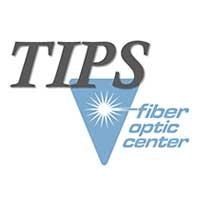
Setting up a new bonding process and need to establish the curing schedule or your production process is set but experiencing fiber movement and need to adjust curing temperature or time….
Here is a FOC TIP to validate your curing schedule:
Follow the Telcordia GR-326 standard – To validate your curing schedule, we strongly recommend incorporating adhesive testing into your bonding process, as described in Telcordia GR-326 (section 4.4.4.2).
Adhesive testing is a simple, effective, and industry-accepted test to ensure you have a properly prepared and cured cable assembly. Simply put, in this test, a terminated ferrule is heated, and pressure is applied to the fiber to try to push it within the ferrule. If the fiber is not properly bonded to the ferrule, the fiber will move with this pressure. The amount of movement indicates how well the epoxy is bonding the glass fiber to the ceramic ferrule and, thus, whether the epoxy is properly cured.
We highly recommend following this industry standard – even if your customer’s specs don’t require it – due to the risk involved of shipping product that is not properly cured. Telcordia makes a clear effort to emphasize the importance of epoxy-related processes in GR-326. In addition to section 4.4.4.2 (adhesive testing), other valuable requirements are section 8.2.1.2.3 (qualification of epoxies) and R8-11 (this requires that samples of finished products are routinely subjected to simple tests, which give an indication of the effectiveness of the epoxy process).
READ THE BLOG: Bonding Optical Fiber to the Ceramic Ferrule Part 3: Best practices to validate your epoxy curing schedule
Additional resources from the FOC team include:
- Category Resource FOC Epoxy Page
- View the Glossary, Acronyms, Military Specifications for Connectors
- Q&A Resource: email technical questions to AskFOC@focenter.com
Have questions about this FOC Tip?
Contact FOC with questions at: (800) 473-4237 / 508-992-6464 or email: FiberOpticCenter@focenter.com and we will respond ASAP.


